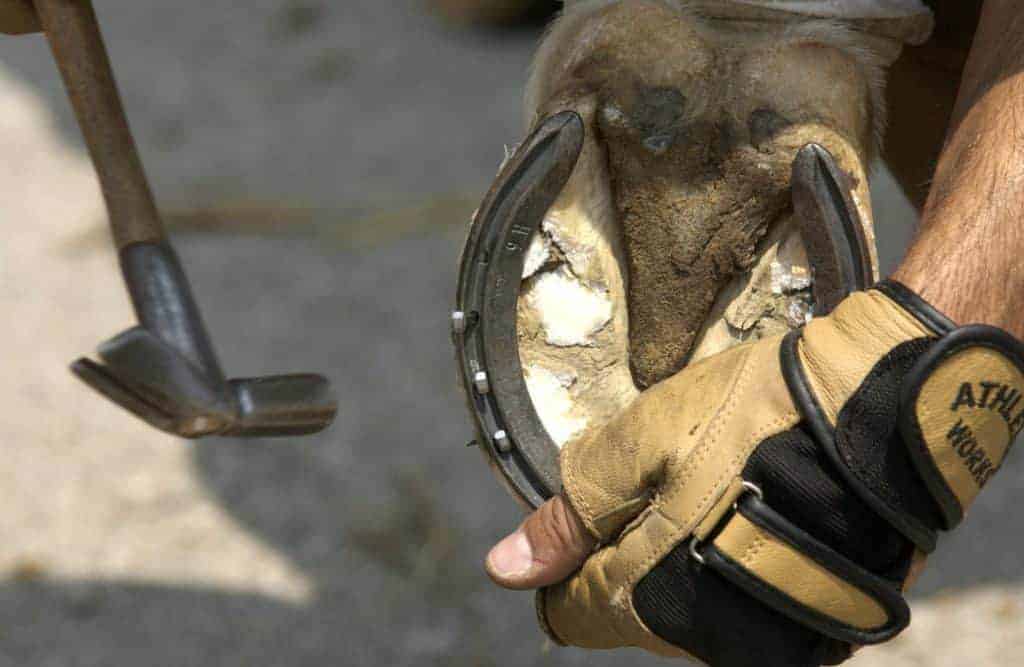
Therapeutic Shoeing for Tendon Injuries: Not One Size Fits All
German researchers found hoof angle changes affect horses differently and might create new problems.

German researchers found hoof angle changes affect horses differently and might create new problems.

The IDEA Veterinary Innovation Competition is intended to stimulate and develop creative ideas from young veterinary problem solvers.

Misinterpretations (believing a horse is happy when in fact he’s depressed, for example) could cause these future professionals to miss signs of poor welfare and put themselves at risk of injury (if they perceive an agitated horse as playful, for instance).

Dr. Debra Taylor describes the visual exam of a healthy hoof and how horses’ feet can change in response to external factors.

Practitioners must use clinical signs and laboratory testing to distinguish between these sometimes similar ailments.

These findings help us better understand how and why horses’ teeth wear as they do, researchers said.

Researchers confirmed some suspected patterns in PPID clinical signs and identified others they considered surprising.

Consider these dietary changes to help reduce the laminitis risk and discuss with your veterinarian whether certain medications could help your horse.

Where do we go from here? Find out from Charlie Scoggins, DVM, MS, Dipl. ACT, who’s a fertility clinician at Rood & Riddle Equine Hospital in Lexington, Kentucky.

Horses consuming crude protein at 12% of total dry matter intake excreted more nitrogen, which led to greater ammonia emissions.

Drs. Peter Morresey and James McLeod share regenerative medicine insights from clinical and research perspectives.

Farriers believe the American Veterinary Medical Association’s (AVMA) proposal to eliminate them from a list of exemptions in the latest suggested revision to the Model Veterinary Practice Act (MVPA) could carry unintended consequences.

Learn how these “heroes” of the equine veterinary industry step up to save other horses’ lives.

Presenters will speak on pre-race examinations, on-track protocols, test barn best practices, technology resources, biosecurity, and more.
Topics will include equine back pain and pelvic dysfunction, integrative imaging, clinical techniques for veterinary students, the problem mare, and more.

Disease life cycle can be replicated for research in ways scientists didn’t believe was possible.
Stay on top of the most recent Horse Health news with
"*" indicates required fields